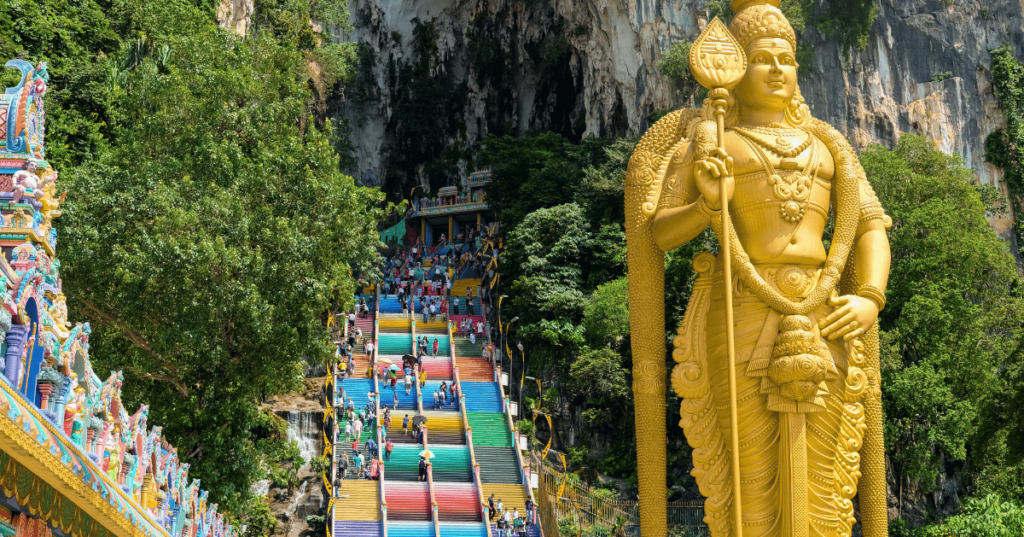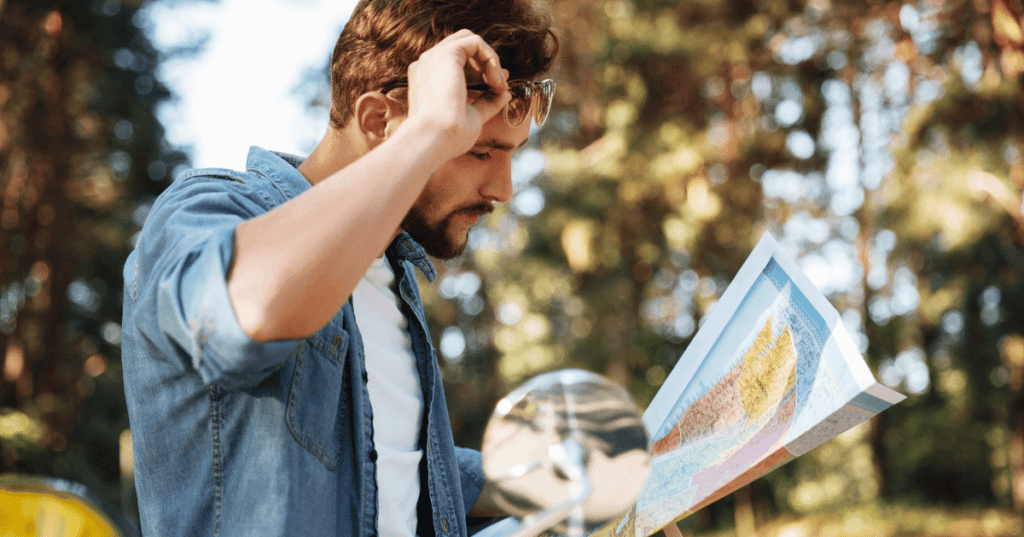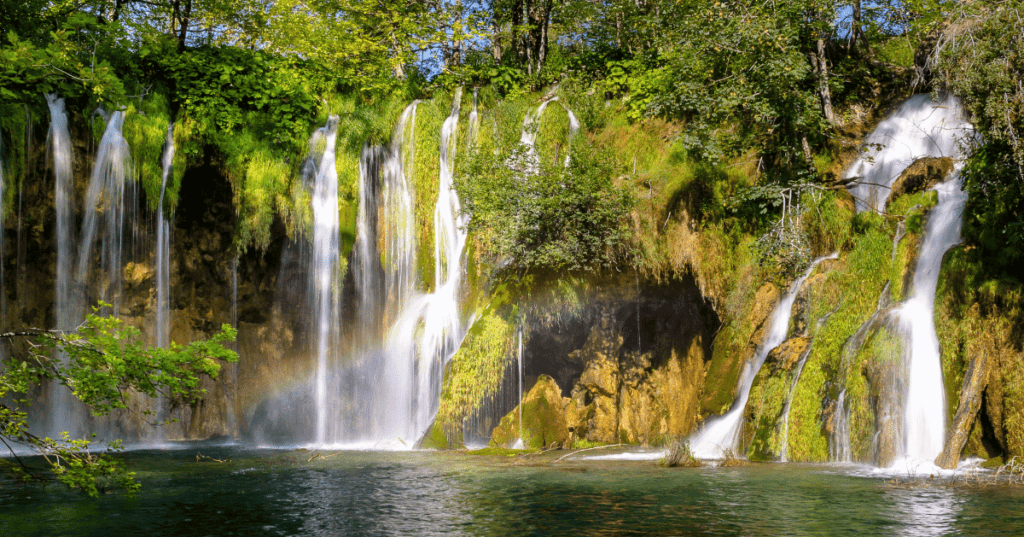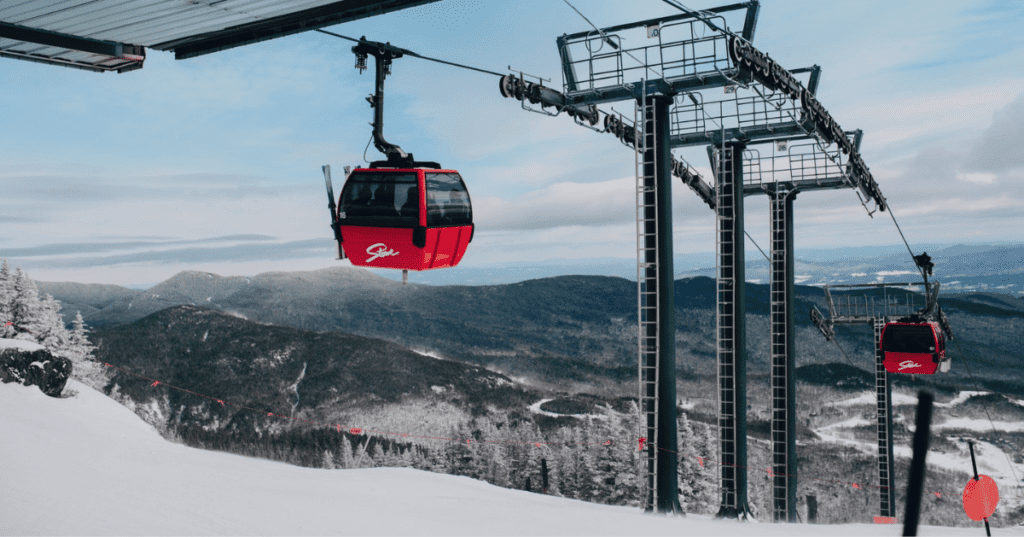Enjoying your holiday in Kuala Lumpur, Malaysia? Then you can’t miss a visit to Batu Caves. Known for its towering golden statue of Lord Murugan and a staircase painted in vibrant colors, this site is a remarkable blend of natural beauty and cultural significance.
The first time I stood before that majestic statue and gazed up at the colorful steps leading into the limestone cliffs, I realized this was going to be more than just a typical sightseeing spot.
In this guide, I’ll walk you through how to get to Batu Caves, what to look out for, and share some essential tips on the dos and don’ts, including the best times to visit. Let’s dive in and get you prepped for a visit to one of Malaysia’s most iconic destinations!
First Things You Should Know About Batu Caves
Did you know that Batu Caves has been around for over 400 million years? Yep, these ancient limestone formations are not only geologically significant but also hold a special place in the hearts of the Hindu community in Malaysia.
The main attraction, the Temple Cave, is not just a place to snap some pretty pictures—it’s a spiritual sanctuary where devotees come to worship.

The site got a major boost in the 1890s when the iconic statue of Lord Murugan was erected. Since then, Batu Caves has become a focal point for the Thaipusam festival in Malaysia, which draws thousands of pilgrims and curious tourists every year.
During the festival, devotees carry kavadis—a sort of large, decorated framework—as a form of penance or thanksgiving, making their way up those colorful stairs to the temple.
Batu Caves Entrance Fee
Batu Caves is free to visit! There’s no entrance fee to explore the main cave complex, which includes the impressive Temple Cave at the top of the stairs. This accessibility makes Batu Caves an even more attractive destination for anyone visiting Kuala Lumpur.
However, if you’re interested in a more in-depth experience, there are a few smaller caves around the main complex that charge a small fee. For instance, the Dark Cave, a conservation site known for its rich biodiversity and unique cave formations, offers guided educational tours for a fee.
These tours provide a closer look at the cave’s ecology and are well worth the extra cost if you’re interested in nature and science.
Remember to bring some cash, as these fees often need to be paid on-site and might not accept credit cards. This way, you can enjoy everything Batu Caves has to offer without worrying about missing out on some of its hidden gems.
What to Explore at Batu Caves?
There is a lot you can explore in Batu Caves. I am going to mention the 4 major spots you must see.
#1. Temple Cave (Cathedral Cave)
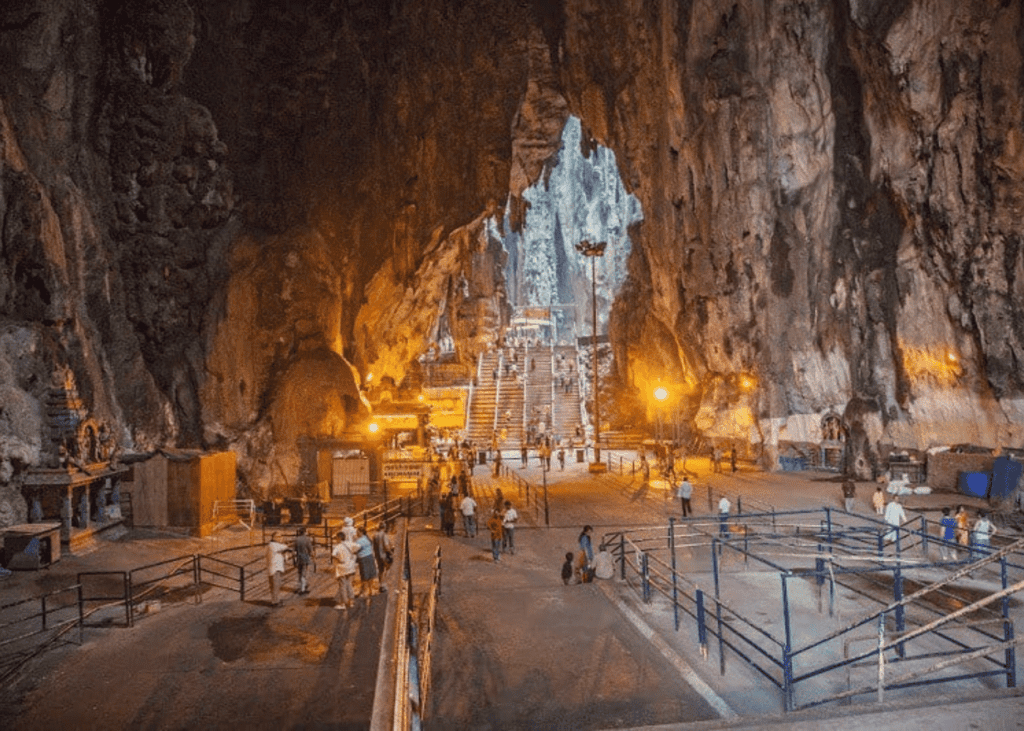
At the top of the iconic 272 colorful steps, the Temple Cave is the largest and most popular cave. Inside, you’ll find several Hindu shrines beneath a towering ceiling. The light filtering in from the cave’s opening creates a serene, almost divine atmosphere. It’s a perfect spot for reflection and to admire the dedication of those who built these shrines in such a remarkable setting.
#2. Dark Cave
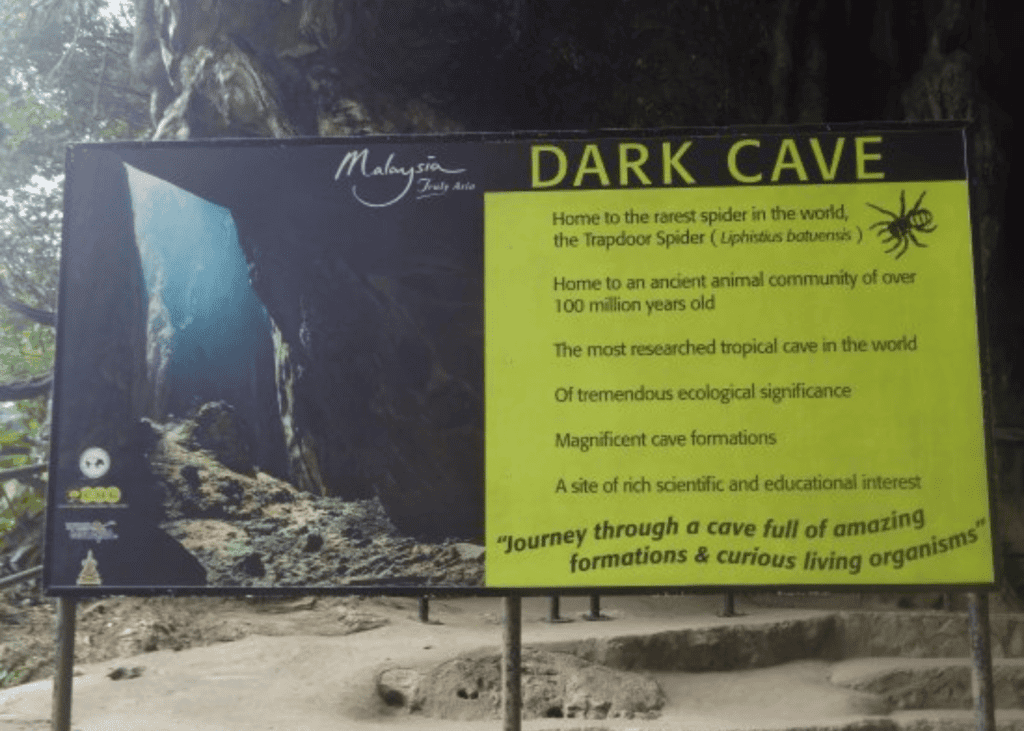
Just below the Temple Cave, this part of Batu Caves offers a contrast with its educational and conservation-focused tours. The Dark Cave is home to rare wildlife, including the endangered trapdoor spider. The guided tours here are about 45 minutes long and give you a fascinating insight into the cave’s ecosystem. It’s a must-do for nature lovers and anyone curious about cave biology.
#3. Art Gallery Cave and Museum Cave
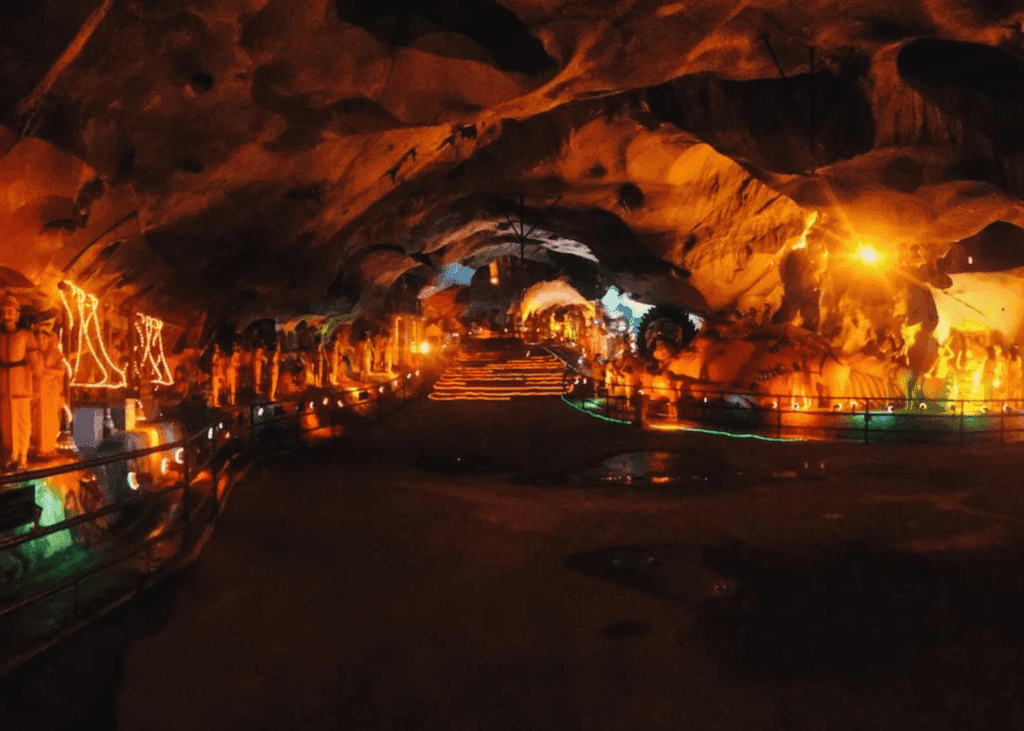
These two caves are situated at the base of the stairs and house many statues and paintings that depict Hindu mythology. These vibrant and detailed artworks provide a deeper understanding of the stories and symbols important in Hindu culture. It’s a visual feast for art lovers and a great way to learn more about the religious significance of Batu Caves.
#4. Ramayana Cave
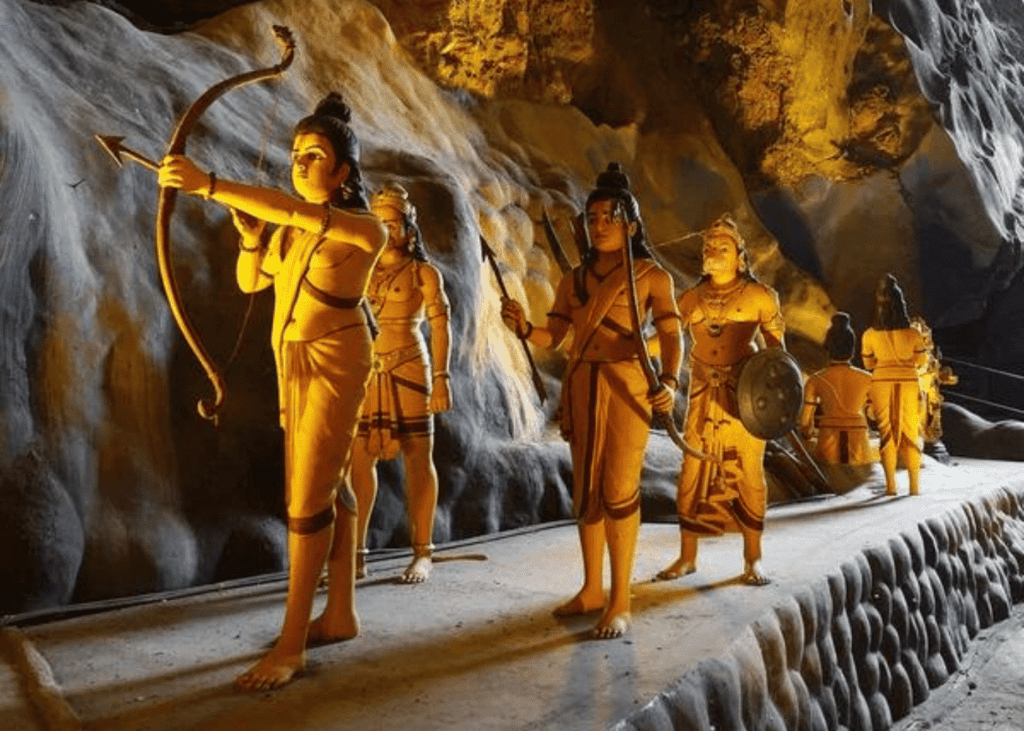
Ramayana cave tells the epic story of Rama through colorful dioramas. Lighting effects add drama to the depictions of this ancient saga, making it an engaging experience for both kids and adults.
Besides exploring these caves, don’t miss the chance to watch the monkeys that inhabit the area. They’re playful and can be quite entertaining, but remember to secure your belongings and avoid feeding them.
Is There a Dress Code for Batu Caves?
Yes, there is a dress code to be mindful of when visiting Batu Caves, especially if you plan to enter the Temple Cave and other sacred areas. The dress code is primarily about showing respect in this religious setting.
Here’s what you need to know:
- Both men and women should wear clothes that cover their shoulders and knees. This means no tank tops, short shorts, or mini skirts. If you’re wearing shorts or a skirt that doesn’t reach your knees, you can usually rent or buy a sarong at the entrance for a small fee.
- You are going to climb a lot of steps, so comfortable footwear is a must. However, you’ll need to remove your shoes before entering any of the temples, so easy-to-remove shoes can be more convenient.
- The general rule is to avoid any clothing that is too tight or revealing. Keeping modesty in mind will ensure that you respect the cultural and religious norms of the place.
In my opinion, if you are visiting a religious place at least pay some respect and try not to hurt or disrespect anybody’s religious perspective.
The religious practices at Batu Caves also enhance your experience, allowing you to fully engage with the spiritual and cultural beauty of the site without any hitches.
What is the Best Time to Visit Batu Caves?
May to July is the best time to visit Batu Caves. But of course it is up to you, If you prefer a comfortable visit with less chance of rain, aim for May to July. These months promise clearer skies and drier days, perfect for climbing those famous steps.
If you’re not a fan of crowds, try to drop by on a weekday morning. It’s quieter, and you can take your time without feeling rushed. Plus, the cooler morning air makes the climb a bit easier.
Now, if you’re up for something truly special, consider visiting during the Thaipusam festival in late January or early February. It’s an incredible event where you can witness a sea of devotees in a vibrant celebration of faith. Yes, it’s crowded, but the energy and colors are something you won’t forget.
And remember, Batu Caves is an outdoor spot that’s best explored in daylight. They open the gates at 7 AM and close at 7 PM, giving you plenty of time to explore.
Final Words About Batu Caves Malaysia
And there you have it, a comprehensive guide to Batu Caves in Malaysia, ready for you to explore. Remember, this is just a starting point, and everyone’s journey is unique, and shaped by their tastes and preferences.
I hope this post helps you decide and plan your trip to Batu Caves. Batu Caves is a remarkable blend of natural beauty, cultural depth, and spiritual significance, all waiting for you in one incredible destination.
It’s a place where you can experience everything from the awe-inspiring sight of the Lord Murugan statue and the vibrant steps leading to the Temple Cave to the cool darkness of the Dark Cave with its rare wildlife. The warm welcome of the local community enhances the experience, and the vivid art and statues tell a story of rich traditions and devout faith.
FAQs Related to Batu Caves Malaysia
Can I bring my food and drinks to Batu Caves?
Absolutely, you can bring your snacks and water, which is especially handy on hot days. Just remember to keep the area clean and dispose of your trash responsibly. There aren’t many food vendors at the top, so having water can keep you hydrated during your climb.
Are the Batu Caves wheelchair accessible?
The main areas around the base of the caves are accessible, but the caves themselves, including the Temple Cave at the top of the 272 steps, are not accessible by wheelchair due to the steep stairway.
How long does a visit to Batu Caves take?
It depends on how much you want to explore. Just walking up to the Temple Cave and back can take about an hour or two. If you include visiting the Dark Cave and other attractions, you might want to allocate half a day.
Is photography allowed inside the caves?
Yes, photography is allowed, and you’ll find plenty of stunning scenes to capture. However, always be respectful and avoid using flash photography near the temples or during worship.
What should I wear to Batu Caves?
Wear comfortable, breathable clothing that covers your shoulders and knees in line with the dress code. Comfortable shoes are a must as you’ll be climbing stairs. Don’t forget to bring a hat and sunscreen for protection against the sun.
Is there a fee for photography or videography?
For personal use, there is no fee for photography or videography. However, if you’re planning to shoot for commercial purposes, you need to obtain permission in advance.

